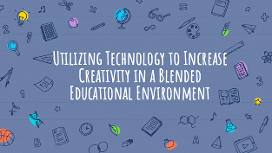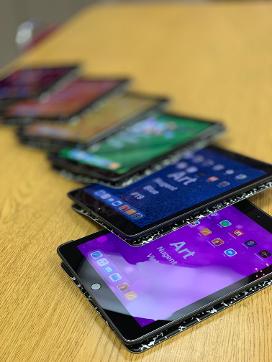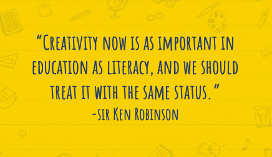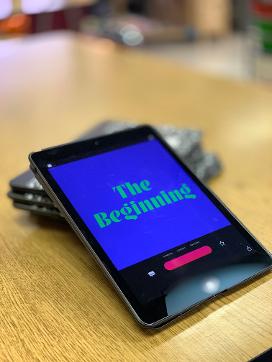



So you're ready to move into a blended learning environment. You've heard about flipping and it seems to make sense...but you're not sure where to get started. These resources are here to help! . Use the links below to navigate the four steps of setting up a blended learning environment that not only flips learning, but also encourages students to use their creativity on a daily basis. Get ready for an adventure!




Here's the central idea: What is traditionally done at school will now be done at school, and what used to be done at home, will now be done at school.
Make a free website with Yola